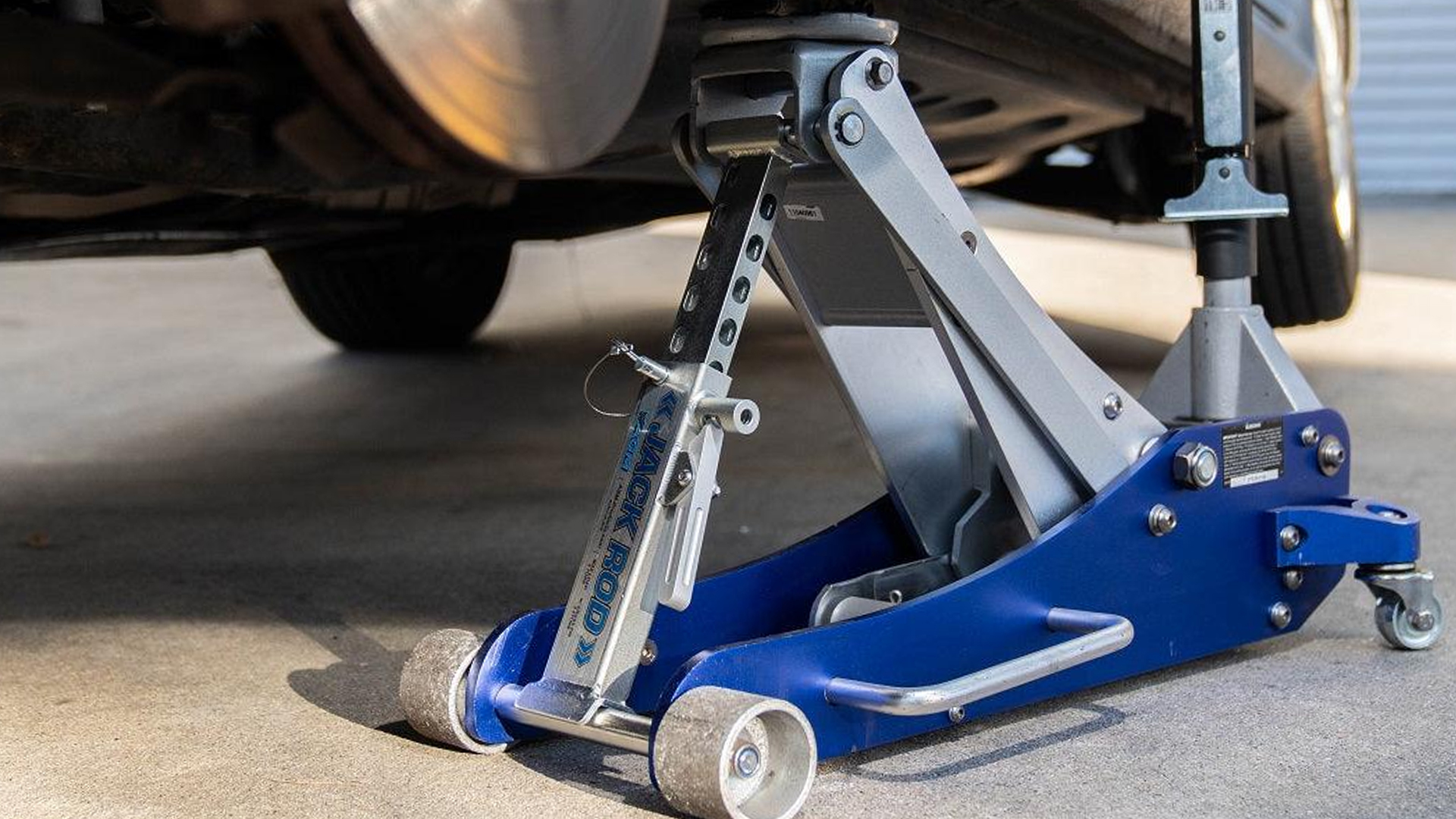Serverless MCP Brings AI-Assisted Debugging to AWS Workflows Within Modern IDEs
Serverless computing has significantly streamlined how developers build and deploy applications on cloud platforms like AWS. However, debugging and managing complex architectures—comprising services such as Lambda, DynamoDB, API Gateway, and IAM—often requires developers to jump between logs, dashboards, and local tooling. To address these challenges, Serverless Inc. has introduced Serverless MCP (Model Context Protocol), a […] The post Serverless MCP Brings AI-Assisted Debugging to AWS Workflows Within Modern IDEs appeared first on MarkTechPost.

Serverless computing has significantly streamlined how developers build and deploy applications on cloud platforms like AWS. However, debugging and managing complex architectures—comprising services such as Lambda, DynamoDB, API Gateway, and IAM—often requires developers to jump between logs, dashboards, and local tooling. To address these challenges, Serverless Inc. has introduced Serverless MCP (Model Context Protocol), a powerful new protocol that enables seamless, AI-assisted debugging directly inside intelligent IDEs like Cursor.
The Serverless MCP builds upon a foundational idea: developers should be able to query, introspect, and resolve serverless application issues from where they write code—without the overhead of context switching or manually navigating AWS dashboards. This integration makes serverless development more accessible, especially for developers aiming to reduce the operational friction of cloud-native applications.
Solving the Debugging Dilemma in Serverless Architectures
Working with AWS serverless architectures involves interacting with various managed services. A typical application might use Lambda for compute, DynamoDB for storage, API Gateway to expose endpoints, and IAM for permissions. These services produce logs, metrics, and configuration data scattered across multiple consoles.
The debugging experience for developers often includes:
- Manually finding CloudWatch logs tied to specific Lambda executions.
- Tracing failed API Gateway requests across multiple services.
- Tracking down misconfigured IAM roles and permissions.
- Cross-referencing AWS documentation with real-time code behavior.
This fragmented experience is where Serverless MCP steps in.
What is Serverless MCP?
Serverless MCP (Model Context Protocol) is a developer-facing protocol that allows AI-assisted IDEs to communicate with AWS infrastructure resources via the Serverless Framework. Once installed and configured, MCP unlocks deep telemetry from deployed services and surfaces them directly in tools like Cursor and Windsurf.
The protocol enables these IDEs to:
- Pull logs and metrics relevant to the current file or function.
- Highlight failed invocations and error traces contextually.
- Visualize service relationships (e.g., how a Lambda function connects to an API route or a DynamoDB table).
- Recommend fixes for common issues like IAM misconfigurations or timeout errors.
The Serverless Framework CLI (v3.38+) now supports serverless dev, which activates the MCP interface. Once enabled, AI coding environments can query your infrastructure and assist in debugging without requiring manual log exploration or infrastructure navigation.
How MCP Works with IDEs like Cursor and Windsurf
In IDEs integrated with MCP, developers can hover over a line of code—say, an AWS Lambda function handler—and see the logs from its last execution, error messages, or even the duration and cold start metrics. This contextual debugging model reduces cognitive load and allows real-time understanding of production behavior.
Cursor, for example, uses AI models that are MCP-aware. When a developer writes or edits code, the AI agent queries the MCP interface to fetch infrastructure state, recent logs, and performance metrics relevant to the code segment. It then suggests improvements, flags misconfigurations, or explains recent failures.
This makes the MCP integration not just a log viewer, but an AI-assisted debugging assistant.
Security and Operational Considerations
Serverless MCP is designed with least-privilege principles in mind. The setup process involves creating a minimal set of IAM policies required for MCP access. This ensures that IDEs only fetch diagnostic data scoped to the developer’s workflow.
Moreover, since all the debugging insights are surfaced locally in the IDE, there is no need to expose your cloud dashboard or give third-party plugins blanket access to your AWS environment.
Conclusion
With the release of Serverless MCP, the debugging workflow for AWS serverless applications gets a much-needed upgrade. By embedding operational intelligence into AI-driven IDEs, Serverless bridges the gap between code and cloud, offering a smoother and more intuitive development experience.
As serverless architectures grow in complexity, tools like MCP will likely become foundational in modern DevOps pipelines—especially for teams seeking to minimize downtime and maximize iteration speed without diving deep into the AWS console. For developers already using the Serverless Framework, enabling MCP is a simple upgrade that promises significant productivity gains.
Check out the technical details and documentation. Also, don’t forget to follow us on Twitter and join our Telegram Channel and LinkedIn Group. Don’t Forget to join our 90k+ ML SubReddit.










![From fast food worker to cybersecurity engineer with Tae'lur Alexis [Podcast #169]](https://cdn.hashnode.com/res/hashnode/image/upload/v1745242807605/8a6cf71c-144f-4c91-9532-62d7c92c0f65.png?#)






























































